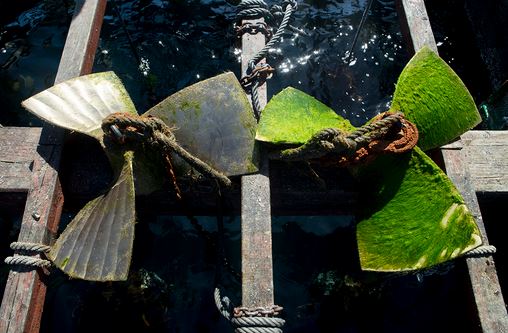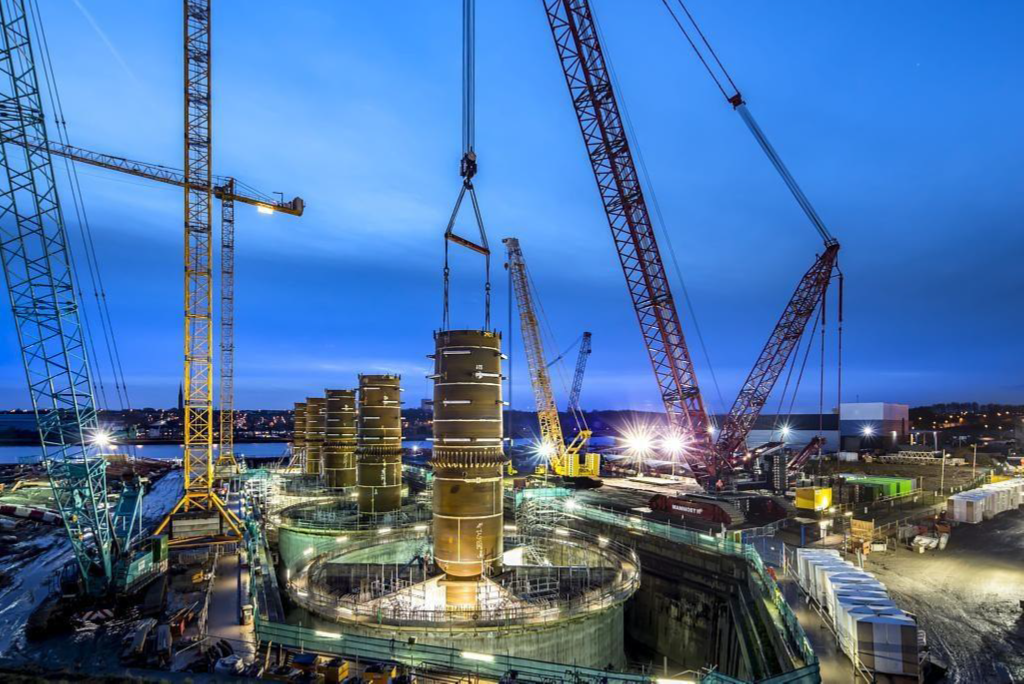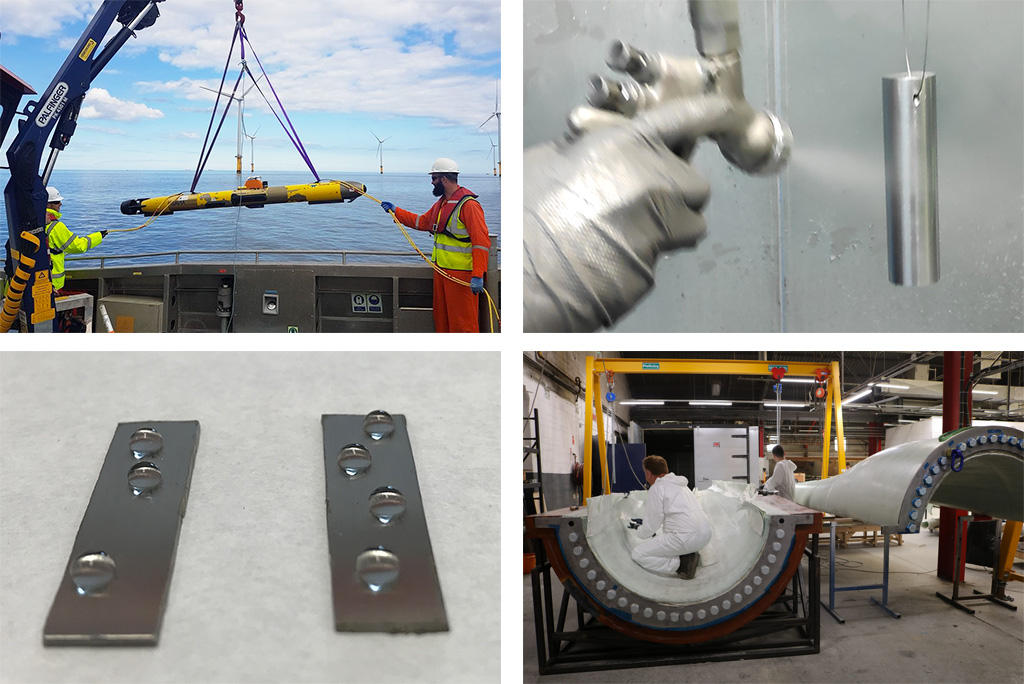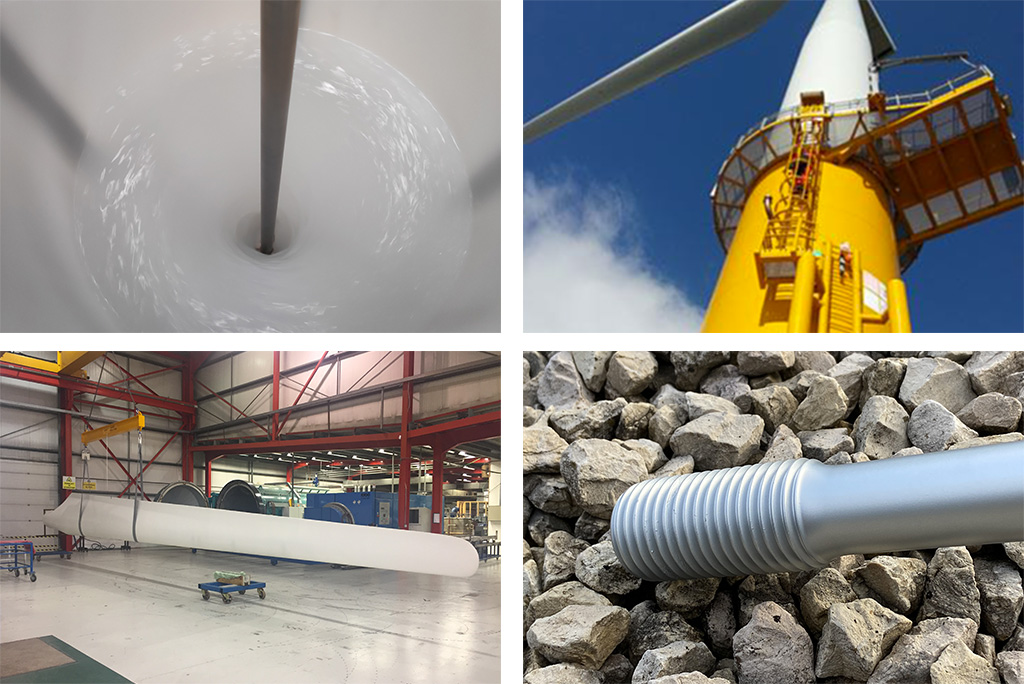Offshore wind industry
Over the past 15 years wind energy has experienced a remarkable growth in Europe, positioning the old continent as a leader in the global offshore wind market with current 22,072 MW of installed cumulative capacity. Nevertheless, offshore energy functional and structural components are subjected to numerous damage mechanisms on both materials and coatings. Corrosion and fatigue further affect the lifetime of the offshore structures where environmental factors such as wetness, UV-radiation, abrasion and erosion have already created severe damage.

MAREWIND solutions
MAREWIND project is a research project funded by the European Union’s Horizon 2020 research and innovation programme. It has an overall budget of €7,953,783 with €6,706,969 EU contribution. The project provides vital solutions to help building a next generation of large offshore wind energy- and tidal power generators by solving the current challenges related to materials, coatings and multi-material architectural performance.
By enhancing the materials’ durability, recyclability, and reduce maintenance in offshore structures, the project will contribute to a more economic and sustainable model of the offshore wind sector. MAREWIND aims to develop durable materials and recyclable solutions for the offshore wind industry, while extending the service life of the wind facilities. In addition, the project outcomes will also contribute to meeting the EU climate targets and create new job opportunities within the wind industry.

Objectives
MAREWIND targets the main aspects related to materials durability and maintenance in offshore structures which consequently imply failures, misfunctioning, loss of efficiency in energy generation and which have a major repercussion on O&M and CAPEX.
With the combined forces of key-players in the current value chain of wind energy and offshore structures, MAREWIND covers a set of ambitious targets focused on:
- enhancing corrosion protection systems and durability,
- effective and durable antifouling solutions without using biocides,
- erosion protection and mechanical reinforcement of wind blades,
- predictive modelling and monitoring,
- increasing recyclability.
These 5 objectives are to be developed considering 3 main pillars addressing all those aspects related to:
- Scalable manufacturing technologies and easy to repair solutions,
- Safer-by-design materials avoiding environmental concerns and ocean impacts,
- Standardisation aspects for effective European deployment of marketable and usable technologies.


Impact
MAREWIND is expected to highly impact the EU wind energy industry, which is projected to have the largest contribution to the renewable energy targets for 2030. It will strengthen the European leadership position in the industry as well as optimize the sector. Moreover, it will help reduce Europe’s energy dependance and thereby delivers significant macroeconomic benefits.
The successful MAREWIND project will establish technological base for competitive offshore wind farms constructions, exploitation and maintains in Europe. Furthermore, the project outcomes will allow offshore wind energy to become the cheapest source of electricity and thereby making it attractive for everyday use of EU citizens.

Project results will have industrial, economic, ecological, energy and social benefits for the European communities:
- maintaining/improving performance
- optimized material costs and improved durability as follow:
- improved durability of corrosion protective coatings (> 25 years).
- improved durability of reinforced structural concrete
(> 50% durability increase). - improved durability of antifouling coatings (> 5 years).
- improved durability of antierosion blade paints (>10 years).
- significant reduction of life cycle costs
- cost reduction for offshore energy production of about
40% levelized cost of energy, with cost values produced by wind energy systems below 10ct€/kWh - reduction on environmental impact by 35%
- reducing CO2 emissions and fuel dependency: 3,5 ktoe in short term and 13,6 ktoe at mid-long term
- creating growth and jobs in Europe by strengthening the European industrial technology base
